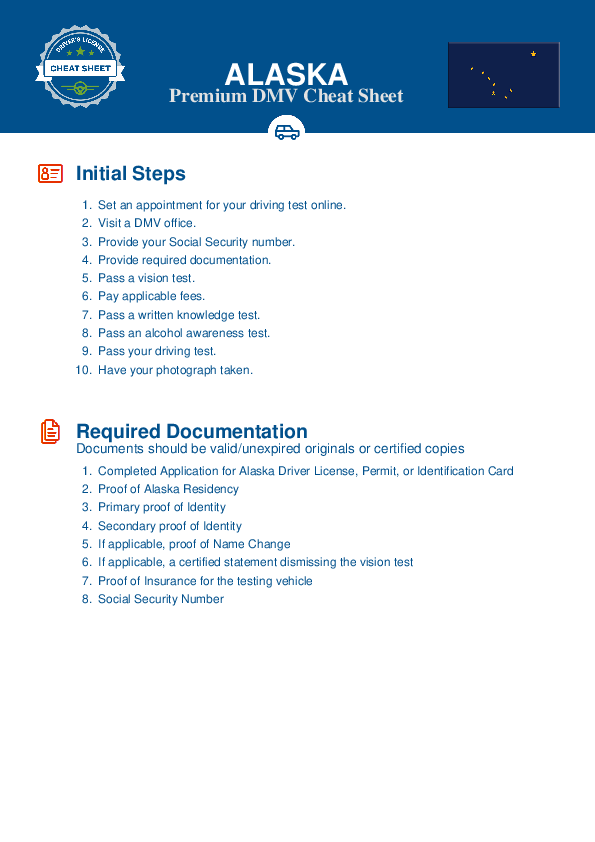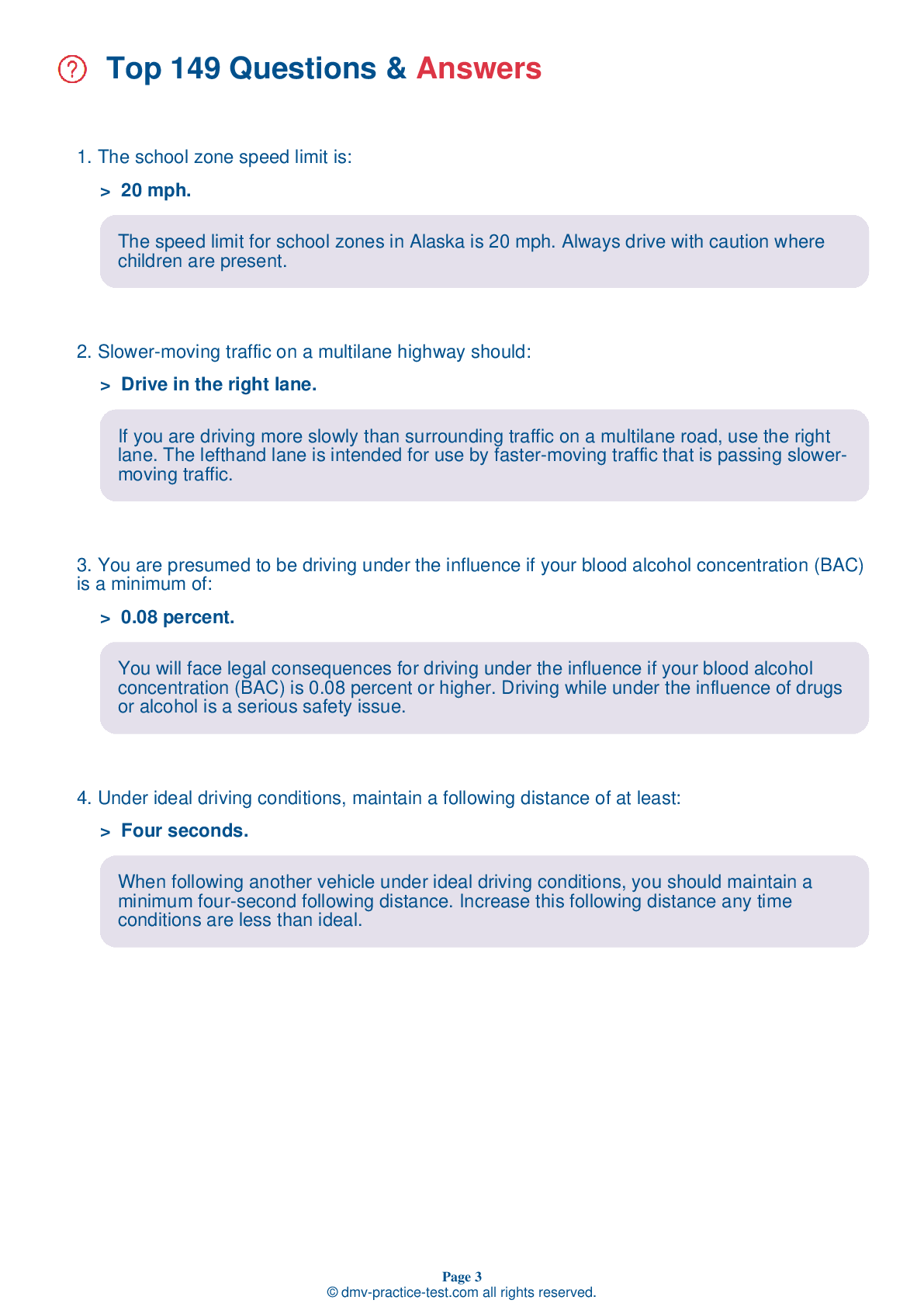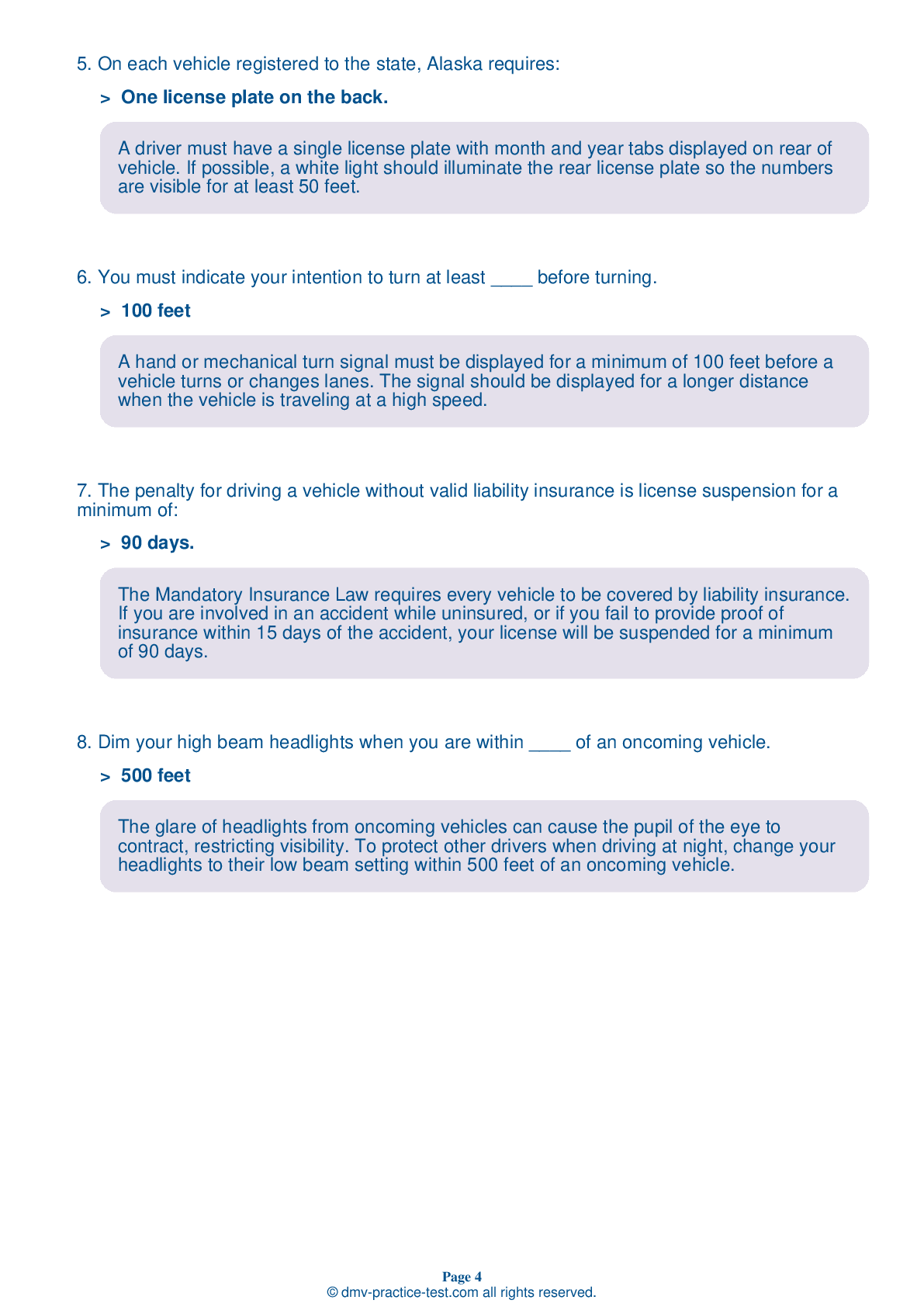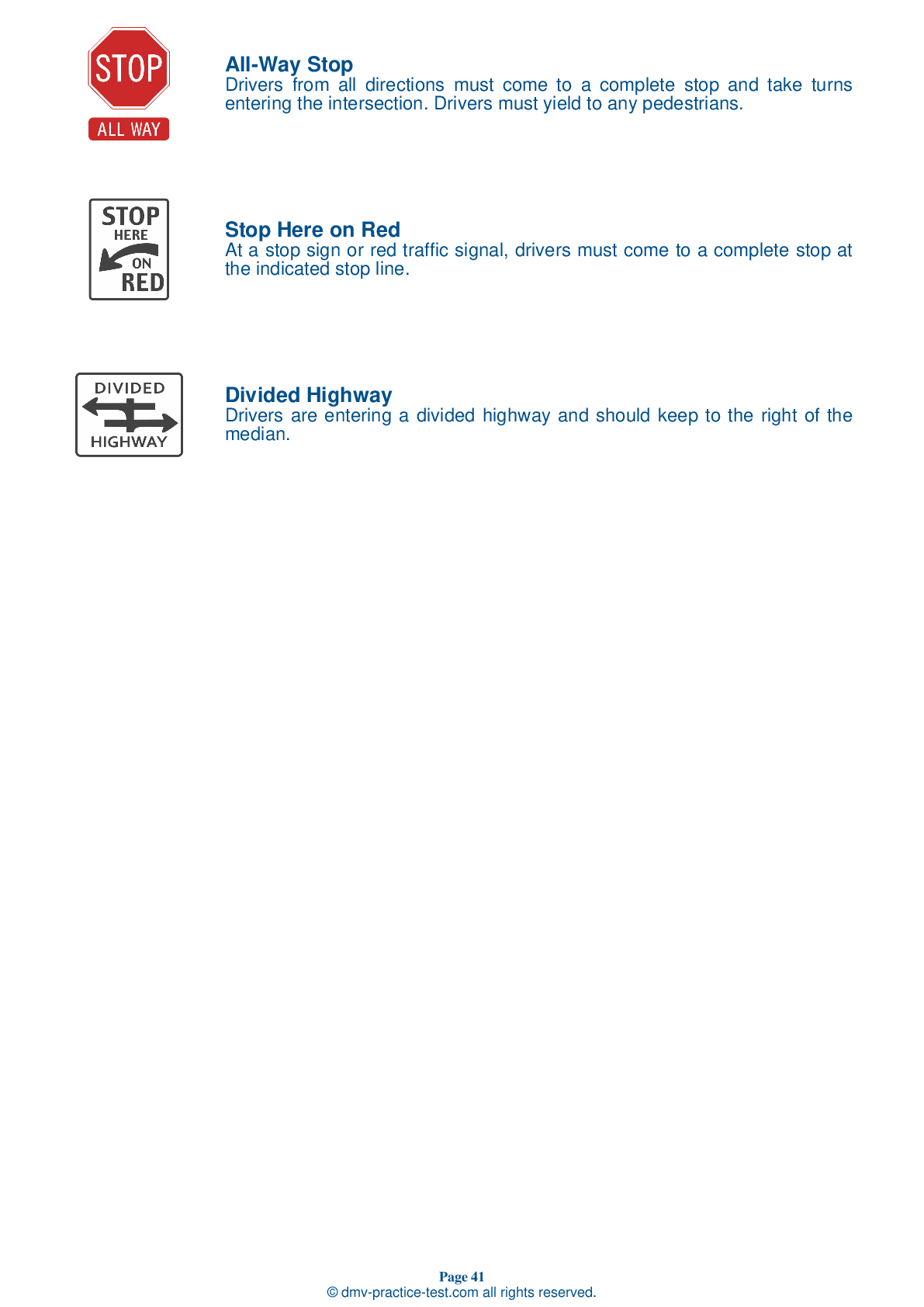FREE Alaska DMV Practice Test #13 Page 2 of 3
This Alaska DMV practise tests has just been updated for January 2025. It contains questions based on the most essential traffic signs and limitations from the Alaska Driver Handbook for 2025. Use actual questions that are very close (often identical!) to the DMV driving permit test and driver's licence exam to prepare for the DMV driving permit test and driver's licence exam.
To help you recall the topics, each practise test question includes a suggestion and explanation. The written component of the official DMV test will include questions about road rules, traffic signs, and driving statutes, as well as information from the Driver Handbook.
To get the required passing mark, you must correctly answer 16 out of 20 questions. Take our DMV practise exam to help you prepare for your Alaska instruction permit or driver's licence.
The DMV exam is available in multiple languages.
Using any form of testing aid will result in an automatic failure, and the DMV may take further action against your driver's licence, so don't do it.
7 . This sign means:
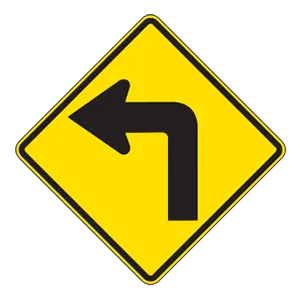
Warning signs prepare drivers for upcoming road conditions and hazards and are usually yellow with black markings. This sign warns drivers that there is an upcoming sharp turn and that they should lower their speed accordingly.
8 . This road sign means:
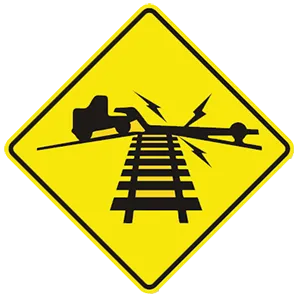
This sign indicates a low ground railroad crossing. Where this sign is present, railroad tracks cross the road at a steep slope and the bottom of low vehicles may drag or get caught on the tracks.
9 . If someone has consumed alcoholic drinks, what will help the person overcome the influence of those drinks?
Only the passage of time will allow a person to overcome the influence of alcohol.
10 . Which is not a factor in determining the distance that it takes to stop your vehicle?
The distance required to stop your vehicle depends on perception time, reaction distance, and braking distance. This changes with speed and road conditions.
11 . When you see other drivers around you acting or reacting in anger:
When other drivers are behaving angrily, you should take action to physically and mentally distance yourself from the situation. Avoid making eye contact with them, or making body movements or gestures that could provoke them. Slow down, move over, or do whatever you safely can to put yourself out of danger.
12 . At an intersection with a traffic light displaying a green arrow, you should:
If you are in the proper lane, you must make the movement indicated by an arrow displayed on a traffic signal. A movement indicated by an arrow has the right-of-way and should not conflict with pedestrians or other vehicles. However, still be alert to other drivers and pedestrians who are wrongfully within the intersection.
13 . When approaching an accident scene, you should:
Do not stop at an accident scene unless you are involved or emergency help has not yet arrived. Keep your attention on your driving and keep moving, watching for people who might be on or near the road. Never drive to the scene of an accident, fire, or other disaster just to look.
Need Car Insurance? No problem!
Compare the best rates in Alaska and find a personalized policy that meets your needs.
1. Are You Currently insured ?
2. Married ?
3. Do you own your Home?
4. Do you have more than 1 car ?
5. Have you or a Family Member Honorably Served in U.S. Military ?
6. Your Name
7. Age
8. Zip code
IMPORTANT REMINDER:Auto Insurance is Mandatory to drive in Alaska. Get covered before you hit the road to avoid any fines.
Ranked by best match
